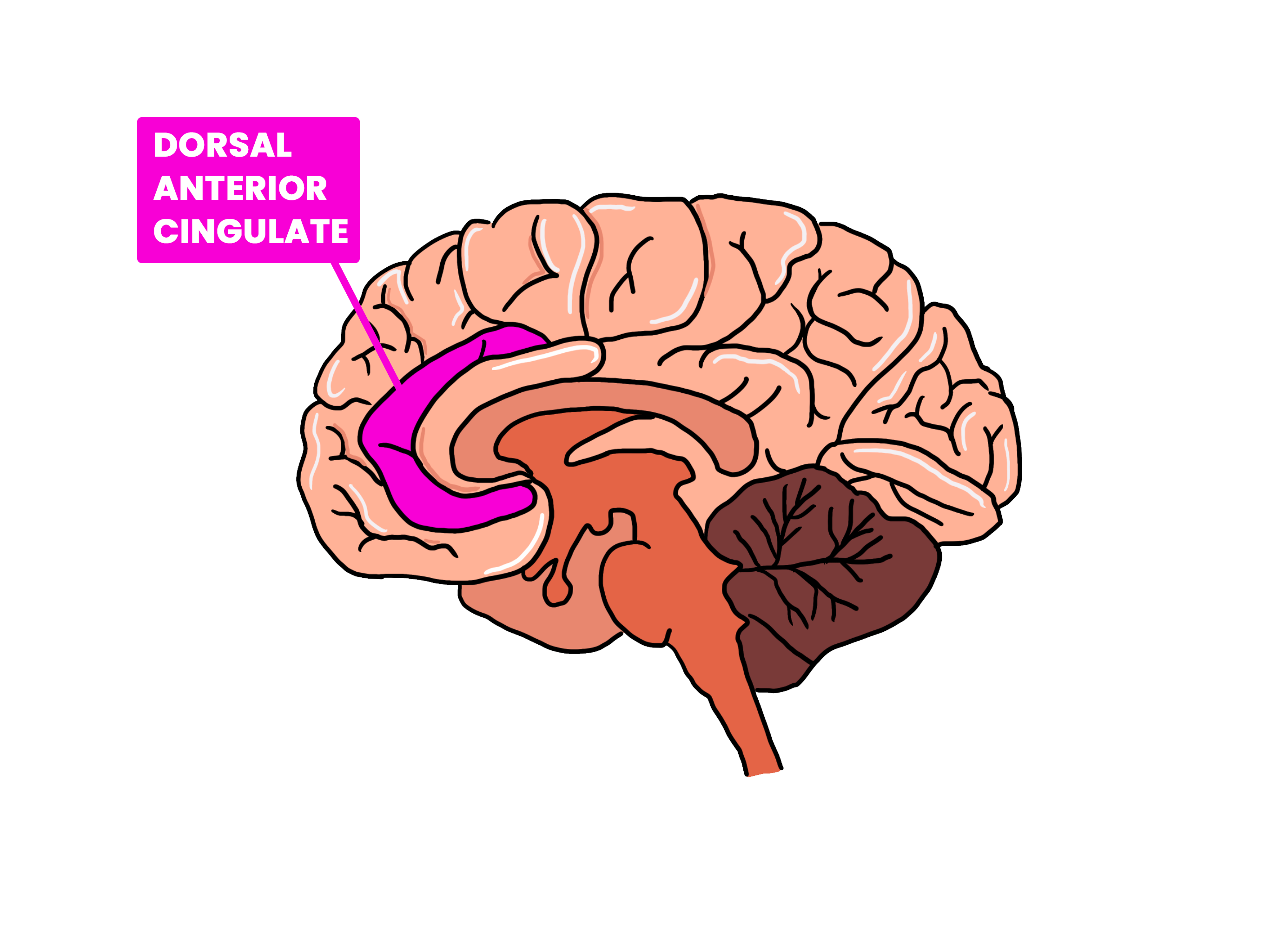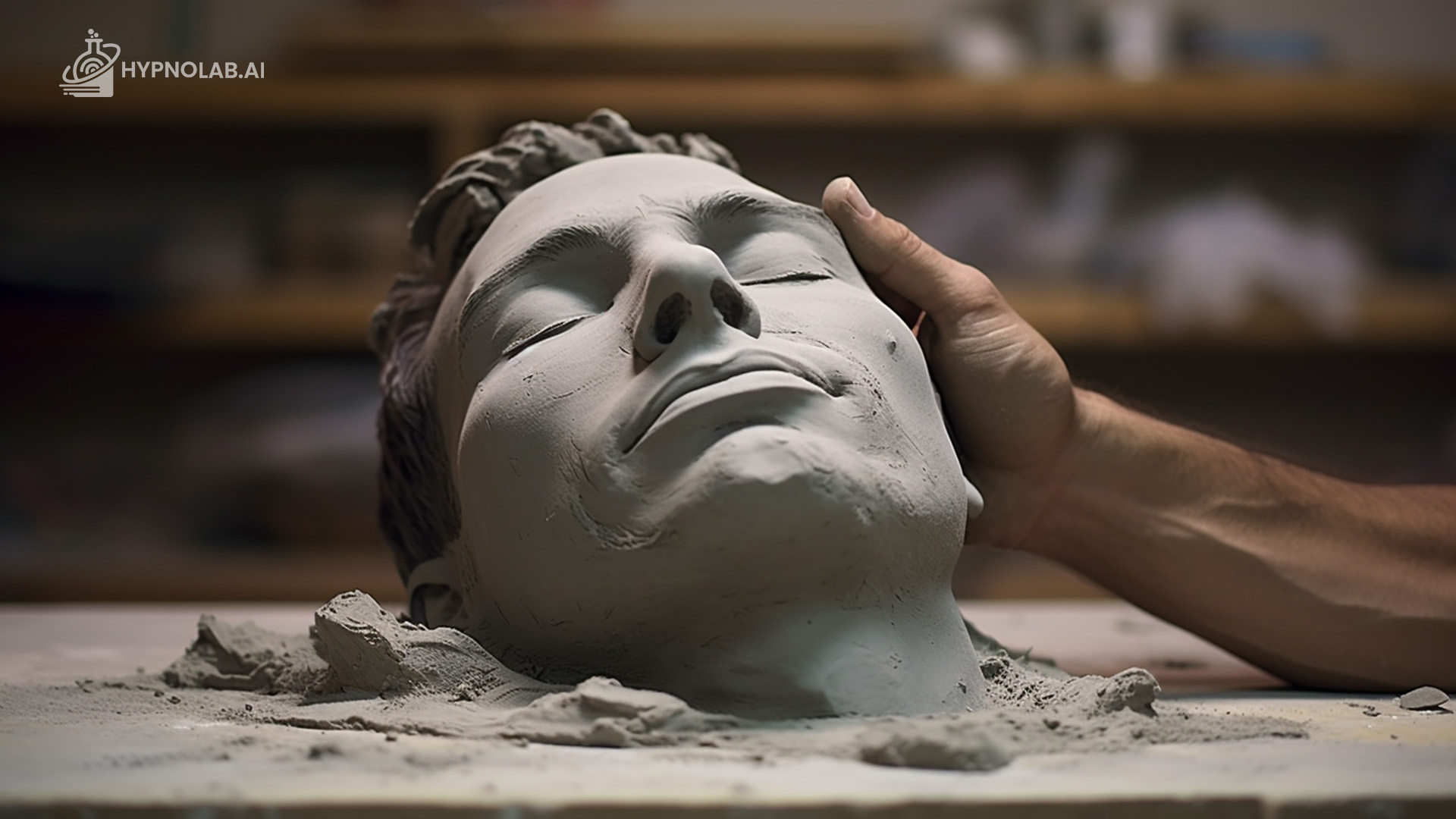
AI Hypnosis: How Self-Hypnosis Can Foster Adaptive Neuroplasticity & Transform Your Life
Imagine you could mold your brain the way an artist shapes clay, guiding its evolution towards heightened cognition, emotional resilience, and enhanced well-being. Thankfully, it’s not merely an idyllic fantasy. Enter the realm of adaptive neuroplasticity – your brain’s incredible ability to rewire itself in response to experiences.
Combine that with the power of self-hypnosis, and you’ve got yourself a transformative tool that could reshuffle the cards life dealt you.
What is Adaptive Neuroplasticity?

Neuroplasticity is the scientific term for the brain’s lifelong capacity to change and adapt. It’s an ongoing process where neural networks grow new connections, strengthen existing ones, or wither away from disuse.
Adaptive neuroplasticity refers to changes that enhance function and adaptability, enabling us to learn, recover from injury, and adjust to new situations with grace.
The Hypno Alchemy: Self-Hypnosis Meets Neuroplasticity
Self-hypnosis is a self-induced state of focused attention and heightened suggestibility that allows us to access the deeper workings of our mind.
When you reach this trance-like state, your subconscious is more receptive to new ideas and suggestions, paving the way for reprogramming your neural pathways – a dance of re-wiring for the better.
Harnessing the Hypnotic AI For Self-Transformation

The cutting-edge AI hypnosis tools like our very own hypno AI are catapulting this transformative practice to new heights. With AI hypnosis script generator, creating personalized self-hypnosis scripts has never been more accessible, enabling you to tackle specific goals with precision.
Neuroscience Backs It Up
Research into neuroplasticity confirms that our behavior and mental practices can significantly alter brain structure and function. Regular self-hypnosis can lead to positive neuroplastic changes by forming new, beneficial neural connections while letting go of limiting beliefs or destructive patterns.
| Takeaway | Description | Impact |
|---|---|---|
| Adaptive Neuroplasticity | Brain’s capacity to change | Enhances learning and resilience |
| Self-Hypnosis | Focused attention for suggestion | Access deep mind and reprogramming |
| Hypnotic AI Tools | AI generated hypnosis | Tailored self-hypnosis experiences |
| Research | Neuroscience confirmation | Supports effectiveness of self-hypnosis |
How Hypnosis & Self-Hypnosis Works In The Brain

How Hypnosis Affects The Dorsal Anterior Cingulate Cortex (DACC)
Boosting Plasticity: The Framework for Self-Hypnosis

Here’s a tried-and-true framework to enhance neuroplasticity through self-hypnosis:
- Preparation and Comfort: Find a quiet, comfortable space.
- Relax and Induce: Use relaxation techniques to enter a state of hypnosis, or use a script from our top hypnosis script inductions.
- Intention Setting: Anchor your session with a clear, positive intention.
- Script Delivery: Utilize AI hypnosis scripts for targeted suggestions.
- Visualization: Vividly imagine desired outcomes, engaging all senses.
- Repetition and Reinforcement: Consistency is key; practice regularly.
- Reflection: Afterward, reflect on the experience and any insights gained.
8 Steps to Creating Adaptive Neuroplasticity by Using Self Hypnosis
| # | Step | Description |
|---|---|---|
| 1 | Choose a quiet, comfortable space | Find a place where you can sit or lie down without distractions or interruptions. This will allow you to focus on the self-hypnosis process. |
| 2 | Relaxation | Begin by taking deep breaths, inhaling through your nose and exhaling through your mouth. Allow your body and mind to relax with each breath. You can use progressive muscle relaxation, starting from your toes and moving up to your head, to release tension from your muscles. |
| 3 | Induction | Close your eyes and visualize a peaceful, relaxing scene or environment, such as a beach or a forest. This will help to induce a hypnotic state. You can also use a countdown technique, counting down from 10 to 1, and feeling yourself going deeper into relaxation with each count. |
| 4 | Deepening | Once you’ve reached a relaxed, hypnotic state, deepen the experience by visualizing yourself descending a staircase, elevator, or floating down a river. Each step or movement takes you deeper into the hypnotic state. |
| 5 | Affirmations and suggestions | Create positive affirmations or suggestions that target your goals for adaptive neuroplasticity. For example, “I am developing a more flexible and adaptive brain” or “My brain is constantly learning and growing.” Repeat these affirmations or suggestions to yourself, visualizing the changes you want to occur in your brain. |
| 6 | Visualization | Visualize yourself successfully applying these new skills, behaviors, or thought patterns in real-life situations. Imagine yourself overcoming challenges and achieving your desired outcomes, while reinforcing the neuroplastic changes in your brain. |
| 7 | Reinforcement | Regularly practice self-hypnosis, incorporating the affirmations and visualizations to reinforce the adaptive neuroplastic changes. Consistency is key for long-lasting results, but optimal frequency and duration may vary depending on the individual. |
| 8 | Awakening | To end the self-hypnosis session, count up from 1 to 5, gradually becoming more alert and awake with each count. Open your eyes, take a deep breath, and stretch your body. |
Conclusion: The Altered Brain Landscape

As you embark on this remarkable journey of self-evolution through self-hypnosis, remember—you are the sculptor of your own mind. Engaging consistently with self-hypnosis can lead to profound changes, enhancing your quality of life beyond measure.
With your brain’s natural resilience at your fingertips and HypnoLab’s innovative AI hypnosis tools, you’re well-equipped to navigate this transformative process. Embrace the adaptability of your mind, and watch as your life transforms.
Are you ready to reshape your neural destiny? Start your journey to cognitive renewal and life transformation today.
This article aspired to be more than words—it’s a stepping stone to your transformative hypno-adventure. With neuroplasticity as your canvas and self-hypnosis as your brush, paint a future brimming with potential. Welcome to a life redefined.
